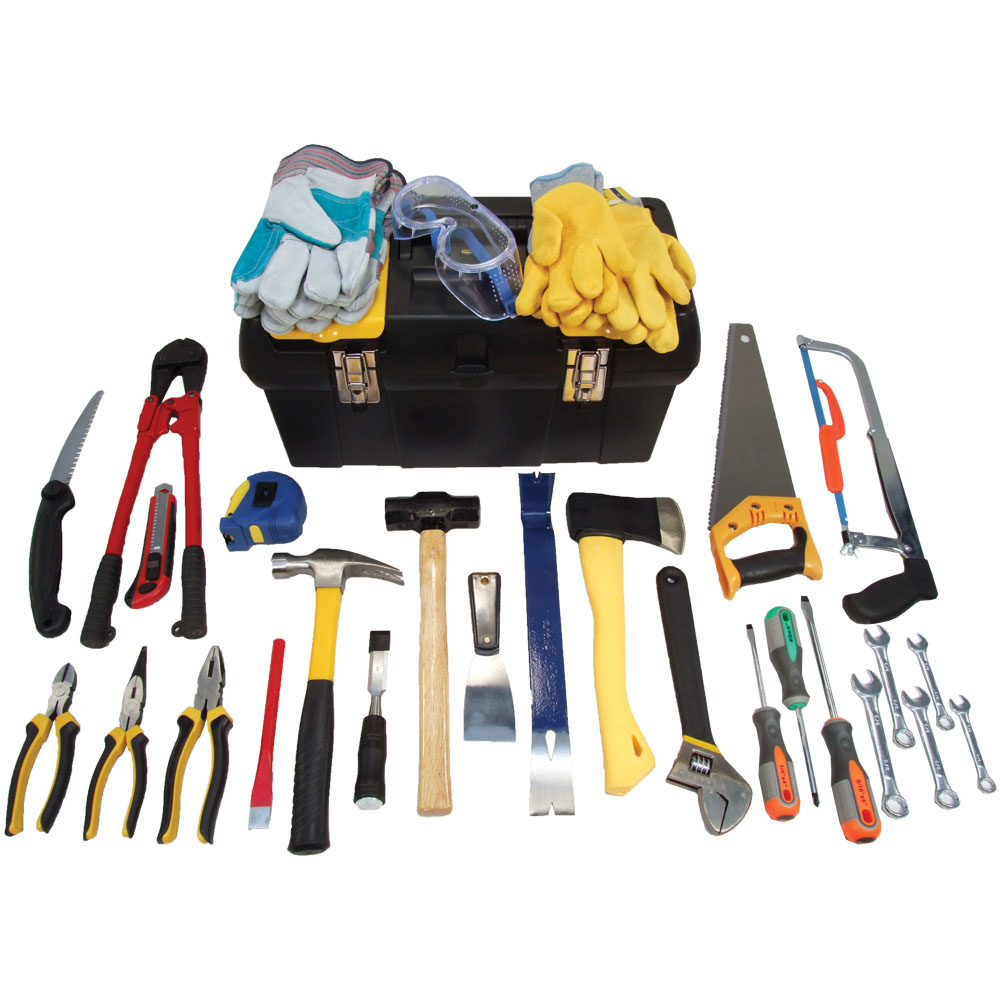Conveyor belt tool
Home > Services
Conveyor Belt Splicing Tools
Conveyor Belt Splicing Tool Kit is an essential collection of specialized tools and equipment designed to carry out the joining (splicing) of conveyor belts, whether through mechanical fasteners or hot/cold vulcanization methods. This kit ensures that technicians have everything needed to perform efficient, precise, and long-lasting splices, minimizing downtime and maintaining belt performance.
Typical splicing tool kits include belt cutters, skivers (for rubber cover removal), buffing machines (for surface preparation), rollers (for adhesive bonding), measuring tools, square tools (for accurate cuts), marking tools, pullers, and hand tools such as wrenches, hammers, and screwdrivers. For hot vulcanization, the kit may also include vulcanizing presses, temperature controllers, and pressure systems, while cold bonding kits often contain adhesive systems and application brushes.

These tool kits are used for on-site belt repair, new belt installation, and preventive maintenance. By having a complete and well-organized splicing kit, maintenance teams can carry out splicing quickly, reduce conveyor downtime, and ensure the joint’s durability and performance under various operational conditions. They are especially important in industries like mining, cement, power plants, fertilizer, and bulk material handling, where conveyor belts are critical to production flow.
A Conveyor Belt Splicing Tool Kit contains a variety of specialized tools designed for cutting, skiving, surface preparation, clamping, bonding, vulcanizing, fastening, repairing, and ensuring safety during belt maintenance. Cutting tools like utility knives or belt cutters are used for trimming belt ends, shaping fingers, and removing damaged sections, with SK5 or carbon steel blades suited for fabric, PVC, and PU belts. Rotary belt cutters handle thick multi-ply rubber belts, often used in quarry or cement applications. Skiving tools, such as hand or mechanical skivers, thin belt ends for hot or cold splicing with adjustable depth settings. Surface preparation tools include angle grinders with buffing wheels for roughening belt surfaces and wire brushes for cleaning steel cords before bonding. Marking tools, such as chalk lines, markers, measuring tapes, and steel squares, ensure precise cutting and layout accuracy.
Clamping tools like belt clamps or vice clamps hold the belt securely during field splicing in mining, aggregates, or port environments. Adhesive tools include cold splice rollers for pressure bonding and glue applicator brushes or spatulas for even adhesive application. Vulcanizing tools, such as vulcanizing presses, provide permanent hot splicing at controlled temperatures and pressures, with thermometers or thermocouples monitoring cure conditions. Fastener tools like fastener drivers, hammer tools, and belt punch tools are used for installing clips and preparing holes for mechanical fasteners, useful for emergency repairs.
Repair tools include patch rollers, complete repair kits, repair sticks, scabbling tools, and belt repair vulcanizers for patch curing in the field. The buffing series offers pneumatic and electric buffers, rasp wheels, buffing stones, and dust collectors to create rough adhesion surfaces while maintaining a clean work environment. Tire retread tools, often adapted for belts, include extruder guns for rubber filling, roller stitchers for pressing patches, spreader tools for internal access, and skiving knives for layer removal. Finally, safety tools like Kevlar gloves, safety glasses, and protective aprons ensure operator protection during all stages of belt splicing and repair.

